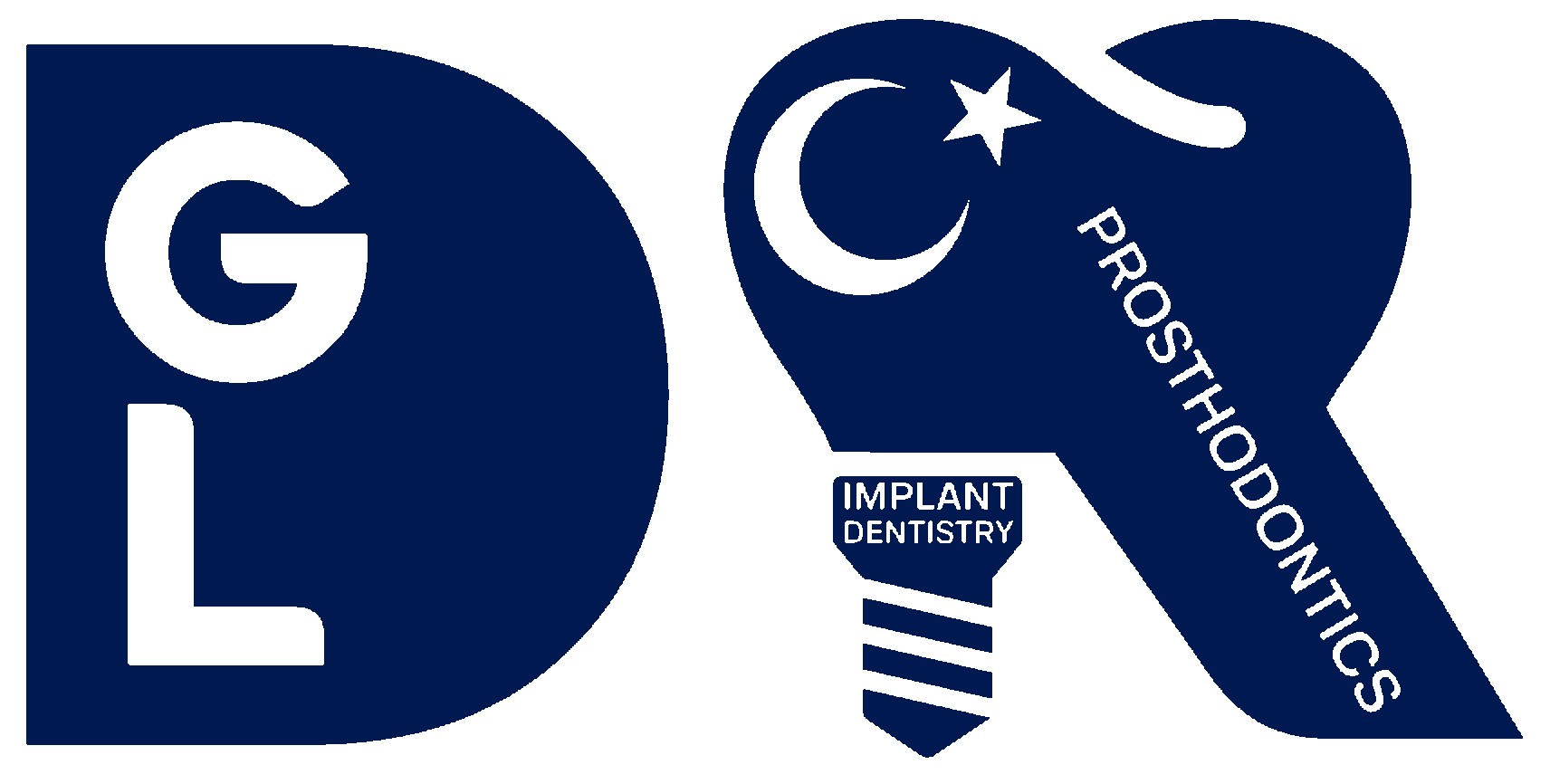Temporomandibular Joint Disorder (TMD) is a condition affecting the temporomandibular joint (TMJ), which connects the jawbone to the skull. This joint plays a crucial role in daily activities such as chewing, speaking, and yawning. When the TMJ is not functioning properly, it can lead to a range of symptoms and complications.
Symptoms of TMD
Common symptoms of TMD include:
- Jaw Pain: Persistent pain or tenderness in the jaw area.
- Difficulty Chewing: Discomfort or pain while chewing food.
- Lockjaw: A sensation of the jaw getting stuck or locked in an open or closed position.
- Clicking or Popping Sounds: Audible sounds when opening or closing the mouth.
- Ear Pain: Pain or discomfort around the ears, often mistaken for ear infections.
- Headaches: Frequent headaches or migraines.
Causes of TMD
The exact cause of TMD is often difficult to determine, but several factors may contribute to its development:
- Injury: Trauma to the jaw or TMJ.
- Arthritis: Degenerative joint diseases such as osteoarthritis or rheumatoid arthritis.
- Bruxism: Habitual grinding or clenching of teeth, often during sleep.
- Stress: Increased muscle tension and jaw clenching due to stress.

Diagnosis of TMD
Diagnosing TMD typically involves:
- Medical History Review: Understanding the patient's symptoms and medical background.
- Physical Examination: Checking the jaw's range of motion and listening for sounds.
- Imaging Tests: X-rays, MRI, or CT scans to view the TMJ and surrounding structures.
Treatment Options for TMD
Treatment for TMD varies depending on the severity and underlying cause of the disorder. Common approaches include:
- Medications: Pain relievers, anti-inflammatories, or muscle relaxants.
- Therapies: Physical therapy, oral splints, or mouthguards.
- Lifestyle Changes: Stress management techniques and dietary adjustments.
- Surgery: In severe cases, surgical intervention may be necessary.

Preventing TMD
While not all cases of TMD can be prevented, certain practices may reduce the risk:
- Avoid Hard Foods: Limit consumption of hard or chewy foods.
- Jaw Exercises: Perform exercises to strengthen and relax the jaw muscles.
- Stress Management: Practice relaxation techniques to reduce stress and muscle tension.
Conclusion
Temporomandibular Joint Disorder can significantly impact quality of life, but with proper diagnosis and treatment, symptoms can be managed effectively. If you experience persistent jaw pain or other symptoms of TMD, consult a healthcare professional for an accurate diagnosis and appropriate treatment plan.
For more information on TMD and related conditions, visit our website regularly for updates and expert advice.












